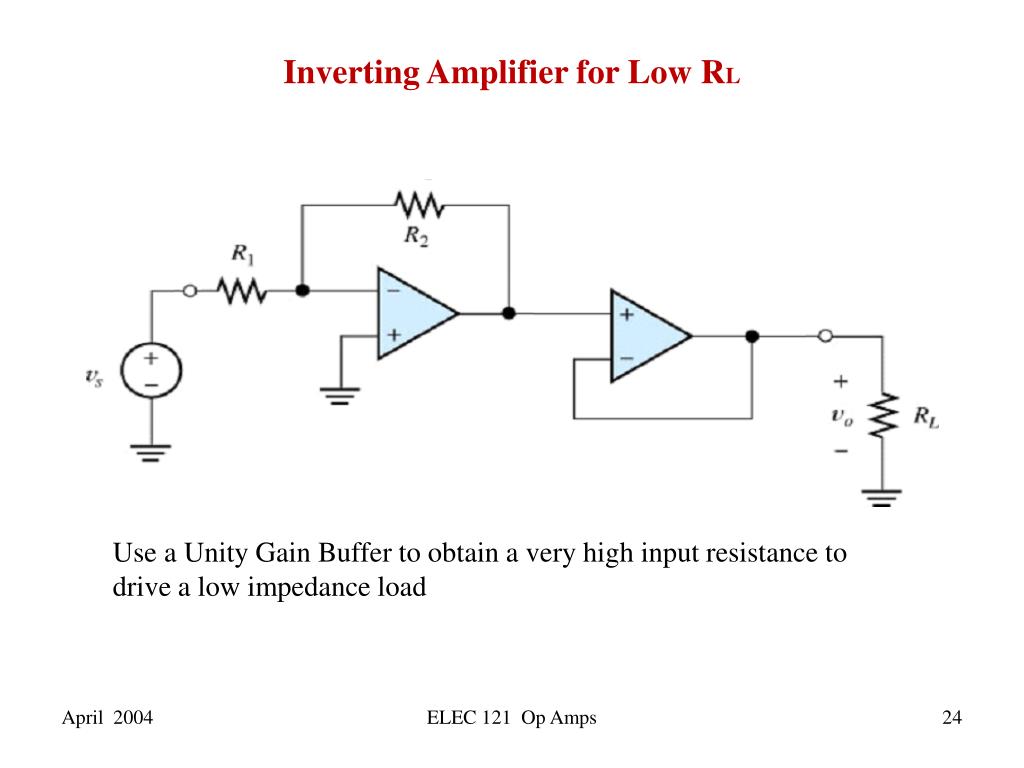High speed buffers are considered the red-headed step children of the car polishing and detailing world. Unfortunately the wrong people seem to carry the loudest voice when it comes to popular opinions. The online forums are filled with wannabe detailers and so called experts spreading opinions based on limited experience.
And if that wasn't enough, you add further confusion by many other people simply regurgitating bad and unverified information. Anyone looking to take their polishing skills and performance to the next level must seriously consider what the industry has to offer in the way of high-speed polishers.
"My experience has shown that most people don't have enough information to even ask the right questions."
Often we find ourselves making decisions based on partial information; largely because we are all now drowning in this digital sea of free information called the Internet. The Internet now allows virtually anyone a free platform in which to express their opinion, regardless of whether this opinion is good, bad, or even based in any degree of actual experience.
With that said, let me lay out the questions I think you should be asking yourself:

 And this includes me! If you are a true beginner and you want a very simplified approach to car polishing, I recommend you go to "Car Polishing for Beginners" and see exactly the route I recommend.
And this includes me! If you are a true beginner and you want a very simplified approach to car polishing, I recommend you go to "Car Polishing for Beginners" and see exactly the route I recommend.
The big question of the moment!!
Let me see if I can reduce this down to an incredibly simple answer for you:
"A Random Orbital Car Polisher"
Which you can see which car polisher and polishing kit I recommend by going to "Car Polishing for Beginners"
Let's do a review of what we have learned:
 (It is the person using the high speed buffer, not the buffer itself)
(It is the person using the high speed buffer, not the buffer itself)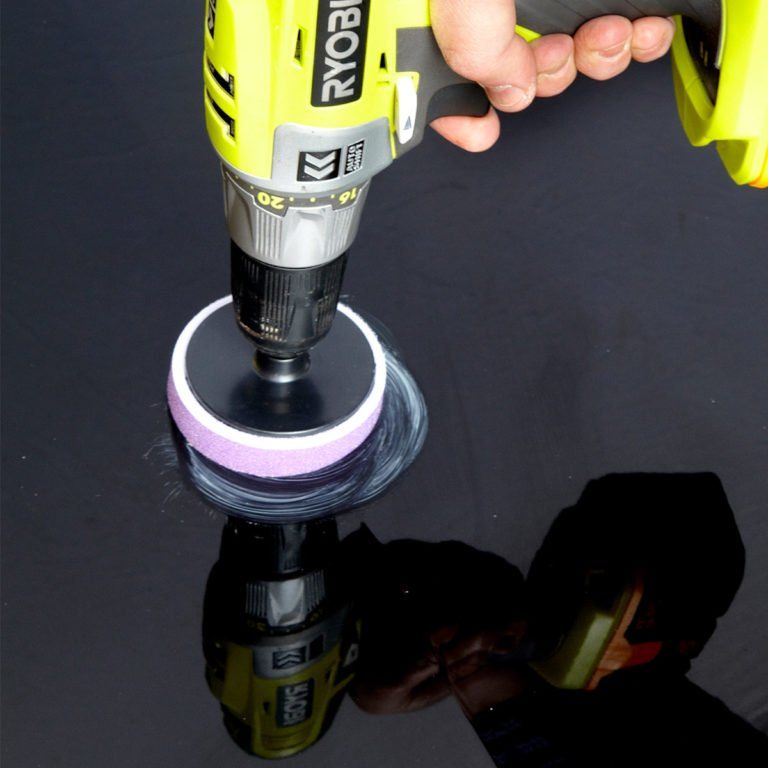
I hope this has helped!
Sincerely,
High-speed buffing works to increase the efficiency of waxing, compounding, and polishing. Instead of performing each of those steps individually to result in a replenished car exterior, this does it all-in-one. Overall, this process removes a very small layer from your vehicle’s paint. For example, this would eliminate layers of dirt and grime that might have accumulated on the surface. It opens up a fresh slate for the car.
Instead of performing each of those steps individually to result in a replenished car exterior, this does it all-in-one. Overall, this process removes a very small layer from your vehicle’s paint. For example, this would eliminate layers of dirt and grime that might have accumulated on the surface. It opens up a fresh slate for the car.
The high-speed buffing method allows for more superior results than other buffing practices. This technique involves using a high-speed buffer to improve the overall look of a car. However, most auto detailers tend to stray away from this method due to the risk. When used incorrectly, high-speed buffing burns paints, melts plastic, leaves swirls, and causes other damages. Despite the risk, the results are phenomenal when done correctly.
The two most commons types of buffers are high-speed rotary buffers and random orbital (dual-action) buffers. The dual-action buffer essentially imitates hand motions except at a much faster pace. The small amount of heat build-up allows the risk of exterior damage to be low. In addition, this piece of equipment requires far less experience to operate and handle.
The small amount of heat build-up allows the risk of exterior damage to be low. In addition, this piece of equipment requires far less experience to operate and handle.
The high-speed rotary buffer gives the best results for removing deeper paint scratches and swirls. This brush provides continuous motion on a fixed point resulting in more heat. However, this increases the chances of paint burning. This risk tends to determine which buffer people use. One advantage to using the rotary buffer is the ability to correct the mistakes if you accidentally cause swirls on the car paint.
Not every cosmetic issue that occurs on the exterior of a vehicle requires a high-intensity buffing process. However, this can improve the appearance of your car.
That ugly chalky appearance from neglecting to wax or cover a car with protective material comes from paint oxidation. This happens when the car’s paint reacts with oxygen in the air. Typically the only way to fix this issue is buffing.
Typically the only way to fix this issue is buffing.
Over time, cars develop swirls and scratches on the exterior car paint. However, remember that high-speed buffing eliminates deep scratches but does not need to be used for small, surface damage. A remover gets rid of lighter scratches with little to no effort.
Headlights begin to develop a foggy appearance over time. Others begin to turn yellow from the wear and tear. Temperature, time, and other factors all cause these issues to occur, which threatens the safety of not only you but others on the road as well. High-speed buffing can be performed on headlights to eliminate the film that develops.
This cosmetic nuisance occurs when bird droppings, sap, or acid rain stays on a car’s exterior for too long.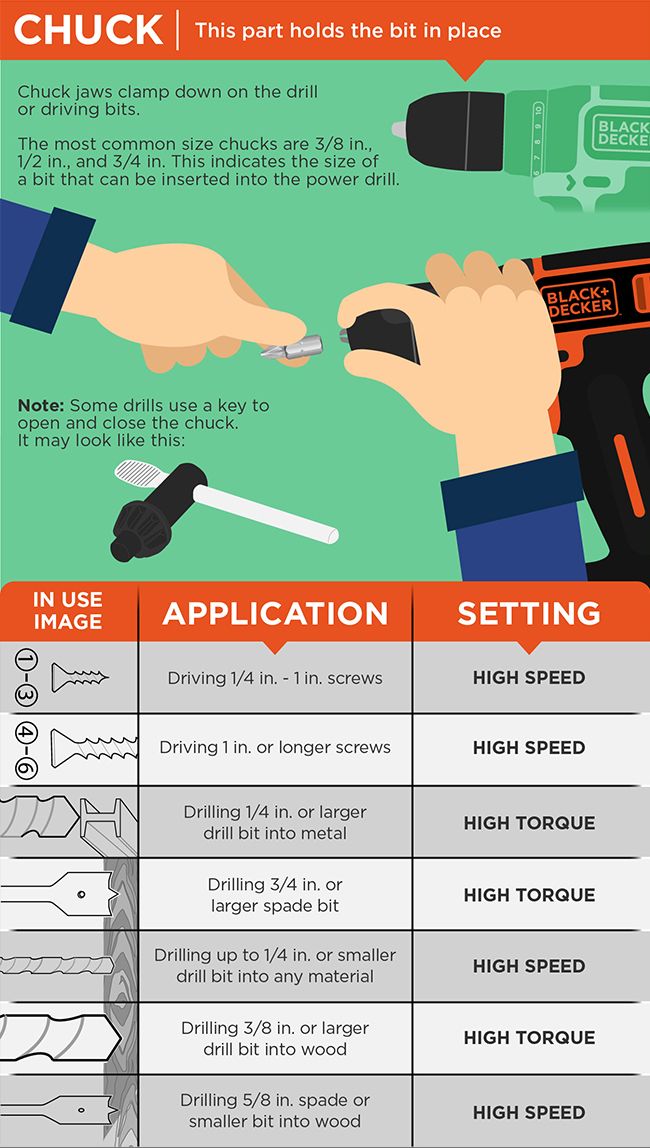 All of these natural hazards react with a vehicle’s paint causing etching. As well the other issues on the list, use a dual-action buffer to erase the damage.
All of these natural hazards react with a vehicle’s paint causing etching. As well the other issues on the list, use a dual-action buffer to erase the damage.
Over time cars will lose their shiny clear coats due to chemicals from car washes, temperature, and oxygen. A clear coat is there to protect the car paint from outside exposure. To avoid this, make sure you are polishing and waxing your car regularly. Polishing and waxing can both be done by hand or by using the same equipment for normal buffing.
Overall, high-speed buffing becomes the best solution when the exterior appearance of your car needs work. However, due to the risks involved in this process, it’s best to leave to the professionals. DetailXPerts, an eco-friendly, mobile auto detailing company, offers specialty detailing including high-speed buffing. Our technicians are top-notch and will restore your car to its former glory.
Enjoyed this post? Sign up for our newsletter to receive more valuable tips, ideas, coupons, and extras!
 What is cache memory for? Impact of cache size and speed on performance. Cache - memory Cache memory can be found on such computer devices as hard drives, processors, video cards, network cards, CD drives, and many others.
What is cache memory for? Impact of cache size and speed on performance. Cache - memory Cache memory can be found on such computer devices as hard drives, processors, video cards, network cards, CD drives, and many others.
The operation and architecture of the cache can vary greatly.
For example, a cache can serve as a normal clipboard . The device processes the data and transfers it to a high-speed buffer, where the controller transfers the data to the interface. Such a cache is intended to prevent errors, hardware check data for integrity, or to encode the signal from the device into an understandable signal for the interface, without delays. Such a system is used for example in CD/DVD CD drives.
Otherwise, the cache can be used for store frequently used code and thus speed up data processing. That is, the device does not need to recompute or look up the data, which would take much longer than reading it from the cache.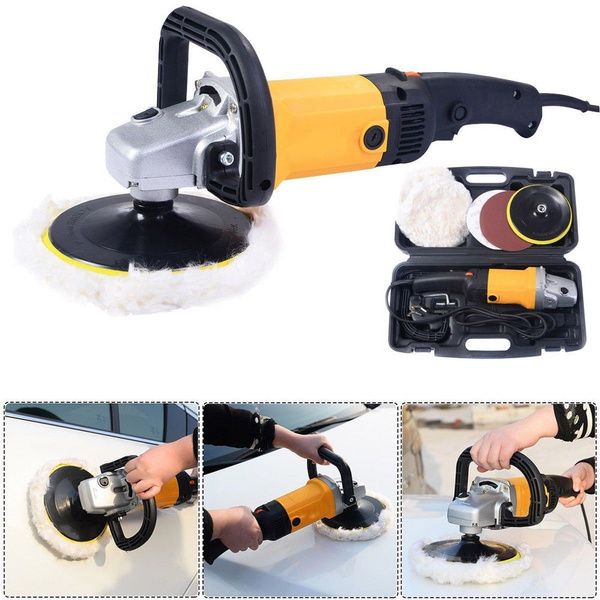 In this case, the size and speed of the cache plays a very important role.
In this case, the size and speed of the cache plays a very important role.
This architecture is most often found on hard drives, SSD drives and central processing units ( CPU ).
When devices are running, special firmware or dispatcher programs can be loaded into the cache, which would work slower with ROM (Read Only Memory).
Most modern devices use a mixed cache type , which can serve as both a clipboard and for storing frequently used code.
There are several very important functions implemented for the cache of processors and video chips.
Execution unit combination . CPUs and video processors often use a fast shared cache between cores. Accordingly, if one core has processed the information and it is in the cache, and a command arrives for the same operation, or for working with this data, then the data will not be processed by the processor again, but will be taken from the cache for further processing. The kernel will be offloaded to process other data. This significantly increases performance in the same type, but complex calculations, especially if the cache is large and fast.
The kernel will be offloaded to process other data. This significantly increases performance in the same type, but complex calculations, especially if the cache is large and fast.
Shared cache , also allows cores to work with it directly, bypassing slow RAM.
Cache for instructions. There is either a general very fast first-level cache for instructions and other operations, or a dedicated one for them. The more embedded instructions a processor has, the larger the instruction cache it needs. This reduces memory latency and allows the block of instructions to function almost independently. When it is full, the block of instructions begins to periodically idle, which slows down the speed of calculation.
Other functions and features of .
It is noteworthy that in CPU (central processing units), hardware error correction ( ECC ) is applied, because a small error in the cache can lead to one continuous error in further processing of this data.
In CPU and GPU there is a cache memory hierarchy that allows you to separate data for individual cores and common ones. Although almost all data from the second level cache is still copied to the third, general level, but not always. The first cache level is the fastest, and each subsequent one is slower, but larger in size.
For processors, is considered normal for three or less cache levels. This allows you to achieve a balance between speed, cache size and heat dissipation. It is difficult to find more than two levels of cache in video processors.
Cache size, performance impact and other characteristics .
Naturally, the larger the cache, the more data it can store and process, but there is a serious problem here.
Big cache is big transistor budget . In server processors ( CPU ), the cache can use up to 80% of the transistor budget.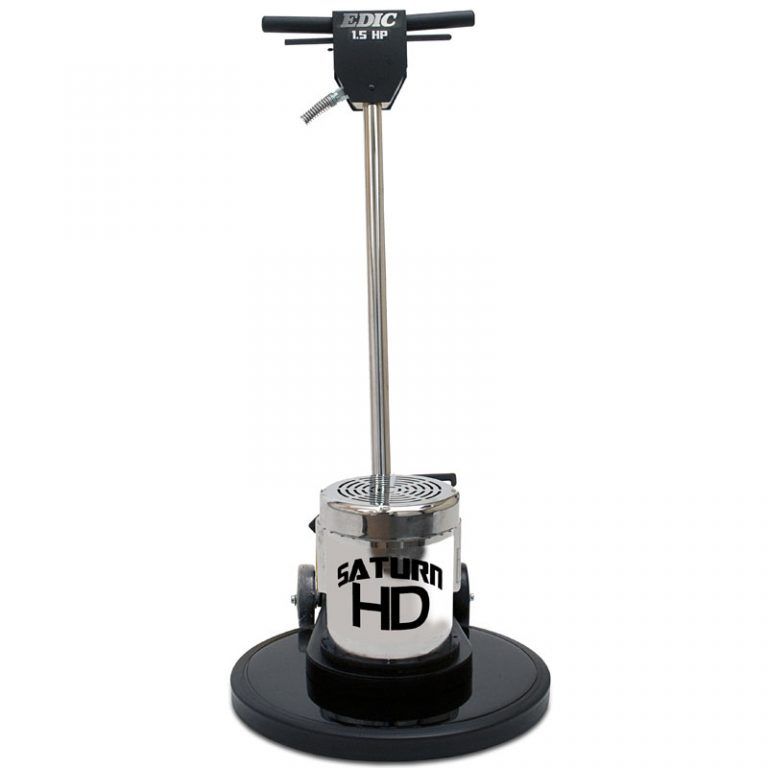 Firstly, this affects the final cost, and secondly, power consumption and heat dissipation increase, which is not comparable with a performance increased by several percent.
Firstly, this affects the final cost, and secondly, power consumption and heat dissipation increase, which is not comparable with a performance increased by several percent.
The log buffer depth is the maximum number of records that can be stored in the short-term memory (RAM) of a particular log.
After records are saved to the log buffer in the meter's short-term memory, they are copied to the long-term memory. Because of the difference between short-term (volatile) and long-term (non-volatile) memory, writing to short-term memory is faster.
The logs in the logging system have a default buffer depth configured to suit most applications. However, you can optionally configure the log buffer depth to suit your needs (for example, to ensure critical data integrity in high-speed data logging scenarios, or to optimize meter memory usage in your data logging configuration).
If data is being written at high speeds, the data writing needs must be considered and a balance must be struck between data integrity and memory optimization in the particular case.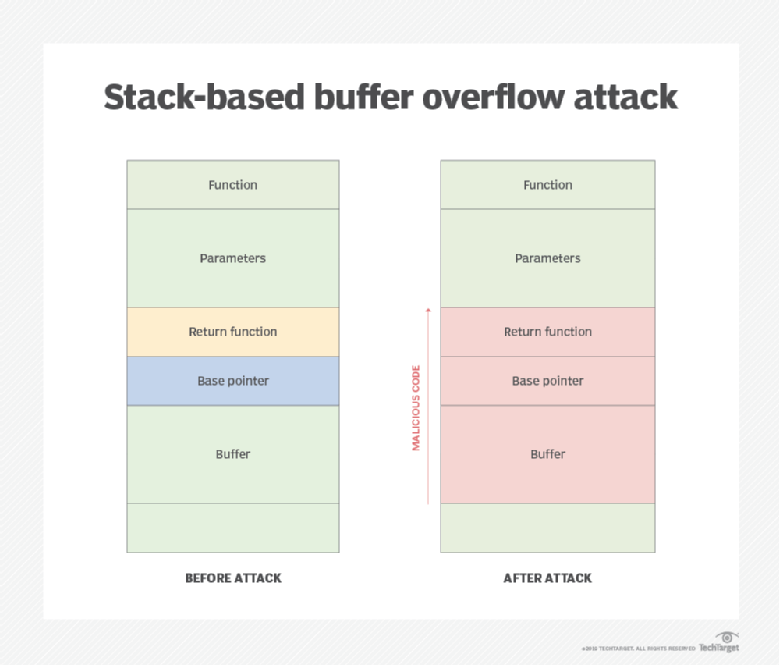
If you receive an out-of-memory message when creating a new log or changing the configuration of an old one, you may need to decrease the buffer depth for other logs to free up memory for the current one.
A fully buffered log (such as a Data Logger or Waveform Logger module) is one where the value of the Buffer Depth setting register is equal to the value of the Depth setting register. This means that the buffer (short-term memory) is configured to use all the long-term memory allocated for this log. This ensures that the buffer does not run out of space before all writes have been copied to non-volatile memory, regardless of the write rate (i.e., data logging rate).
You may want to use this configuration if you are logging critical data (eg custody transfer data) or recording data at short intervals (eg less than 60 seconds). However, be aware that this configuration uses most of the short-term RAM (the meter has a maximum of 10 MB of RAM for the log buffer).
A partially buffered log (for example, for the Data Logger or Waveform Logger module) is one where the value of the Buffer Depth setting register is less than the value of the Depth setting register. This means that the buffer (short-term memory) is configured to use only a portion of the long-term memory allocated for this log. This configuration provides a larger log size (that is, the number of entries). However, there is no guarantee that the buffer will not run out before all records have been copied to non-volatile memory (for example, in the case of high-speed logging).
You can use this configuration for logs with intervals longer than 60 seconds or with less important data. Due to partial replication of records, this configuration uses less meter short-term memory (RAM) for an otherwise similarly configured log. This allows more RAM to be allocated to other logs with higher logging rates or more important data.
Depending on the configuration, there may be times when the log buffer fills up faster than records are replicated to long-term memory. In this case, records may be lost and data gaps may appear.
In this case, records may be lost and data gaps may appear.
Insert trip records does not work if the datalogger is configured as partially buffered. To use this feature, the datalogger must be configured as fully buffered. See the ION Reference available at www.se.com for details on the Data Recorder module.
In this example, the log buffer is equal to the log depth, and all entries are copied from short-term memory to long-term memory.
| A | Log buffer |
| B | Long-term memory |
| C | Total available log buffer space (e. g. 20 entries) g. 20 entries) |
In this example, the buffer depth is 20. The first entry has already been replicated to long-term storage, freeing space in the buffer for new entries (including the newest entry shown in grey).
| A | Log buffer |
| B | Long-term memory |
| C | Total available log buffer space (e.g. 20 entries) |
